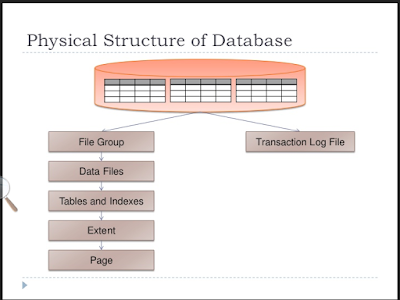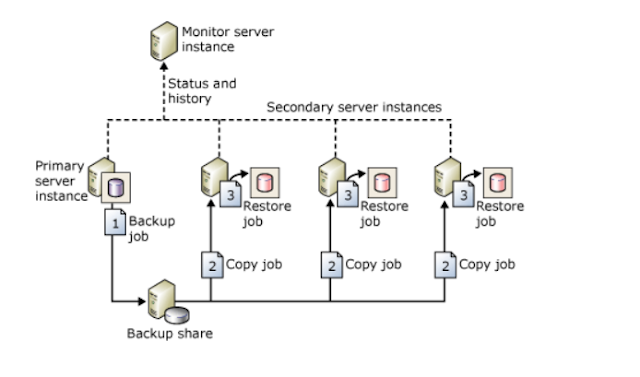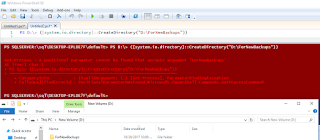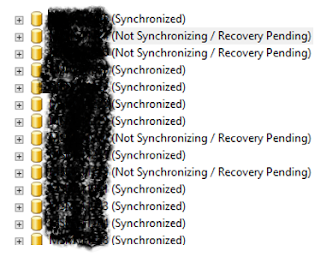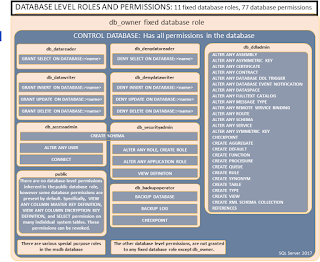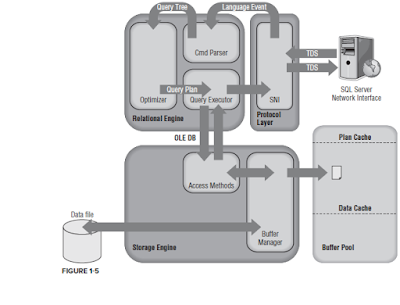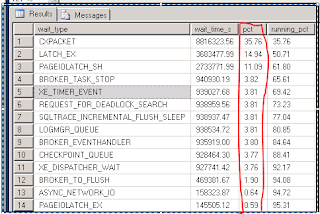LOG_REUSE_WAIT_DESC showing as 'REPLICATION' and also SNAPSHOT Publication Configured.
I would like to rephrase the sentence like this as "Size of the Transaction log of a database which is in Snapshot publication has been increasing and not able to shrink or truncate because log_reuse_wait_desc showing as REPLICATION" To work on this issue i google like anything every where i found log_reuse_wait_desc showing 'REPLICATION' but replication is not configured. After i put a certain amount of time on google i found a MSDN article ,only one article which described about this. And i want to document that in my own words in my blog. One day in my service now dash board i got a ticket saying as Transaction log file of a particular database has been increased. As a part of troubleshooting i check teh below things. Assume here my database name is TEST Findings: 1) Test Database is in simple recovery model 2) If i run the below command i found log_reuse_wait_desc showing as 'REPLICATION' 3) select log_reuse_wait,log_reuse_wait_ desc,* fr
